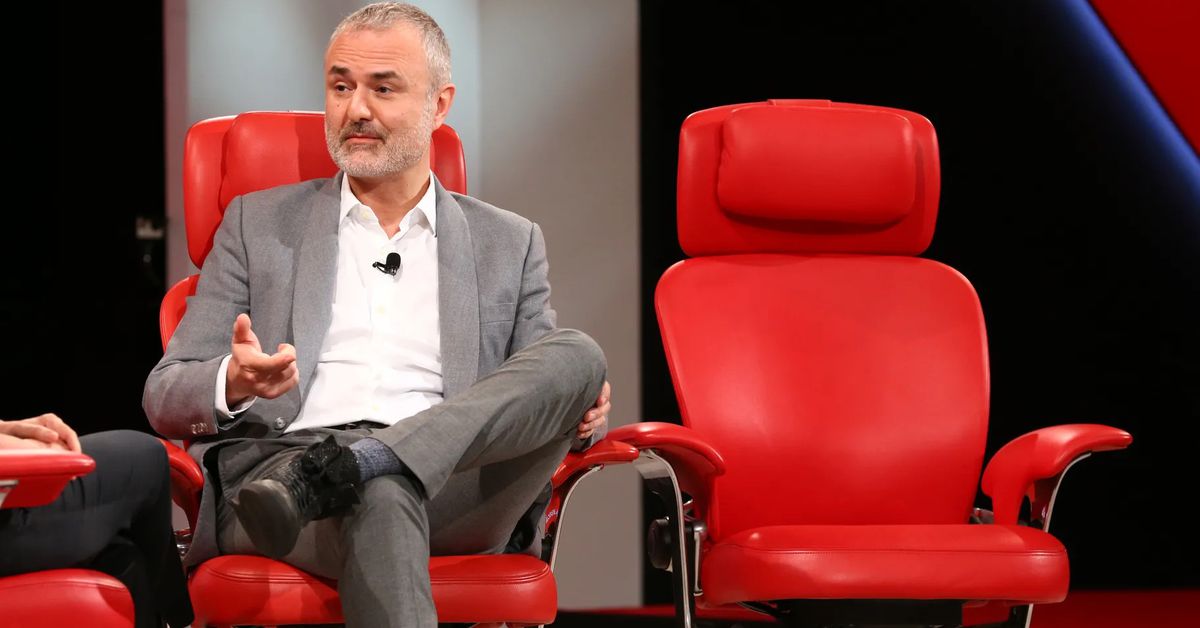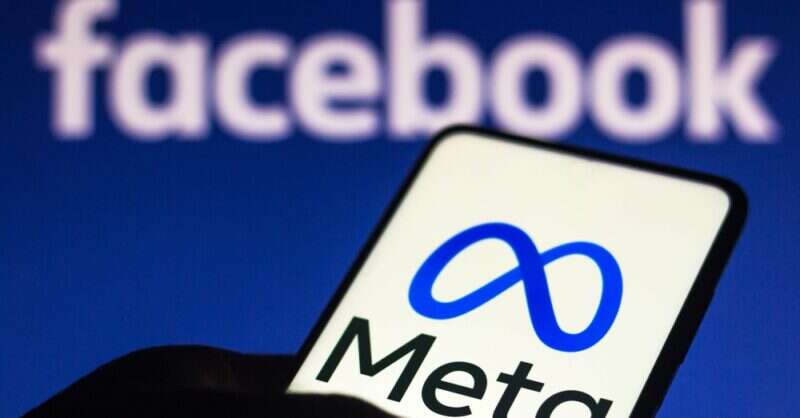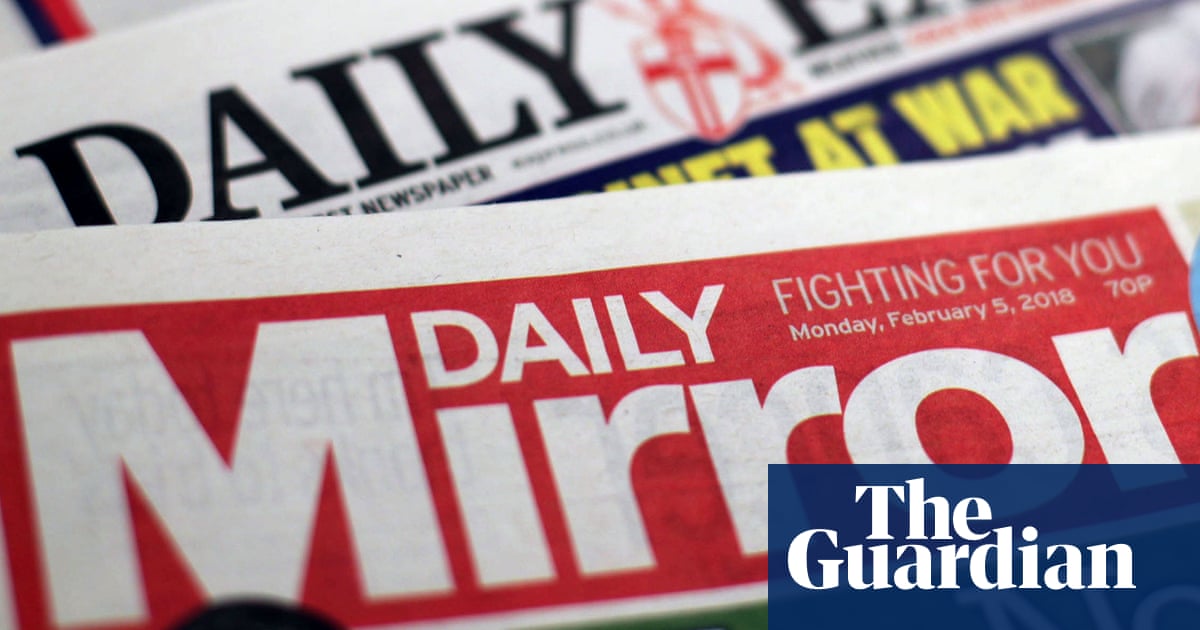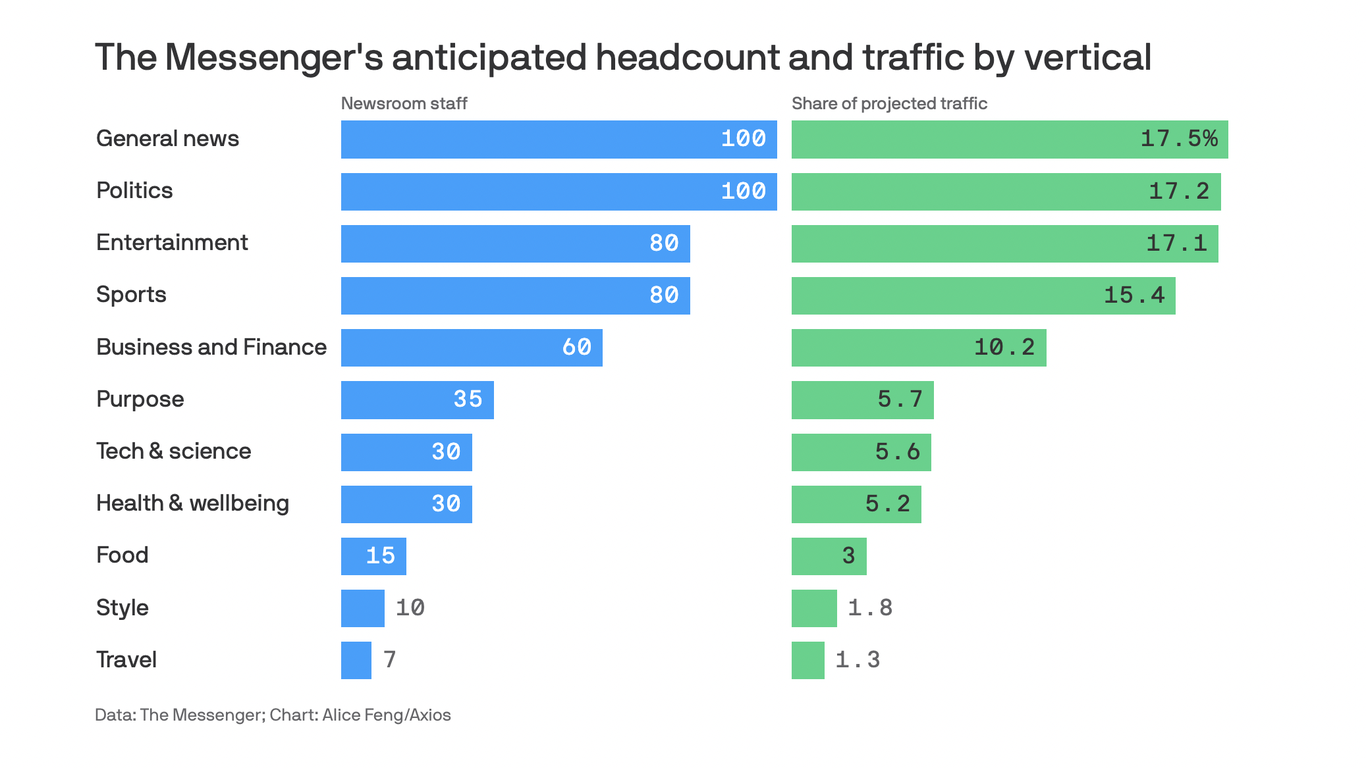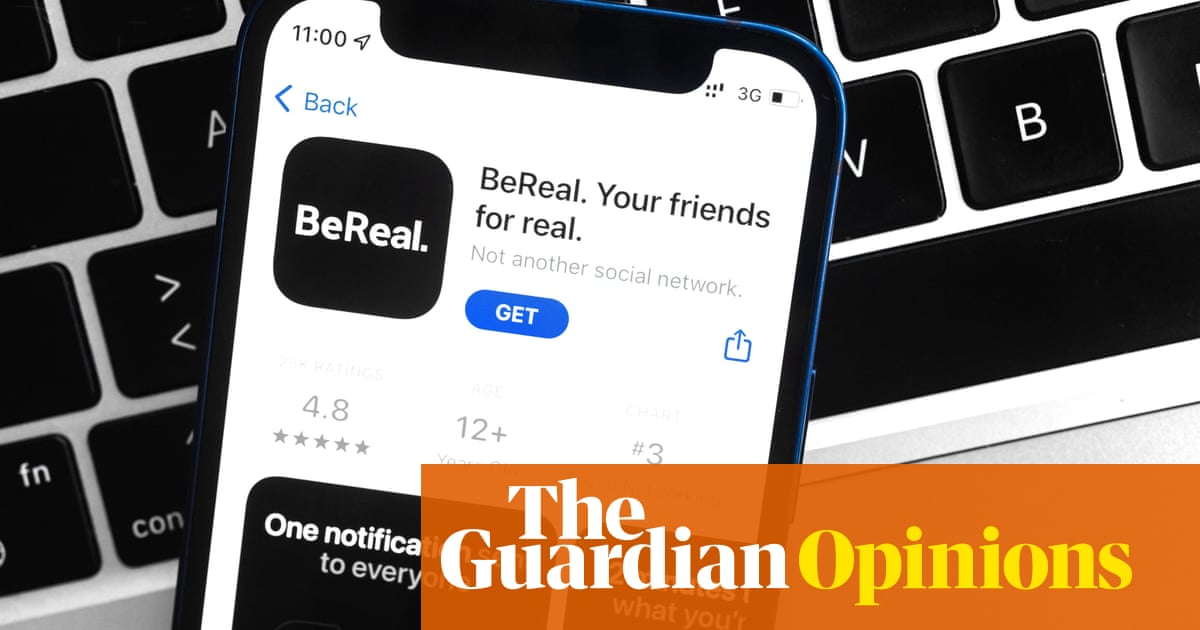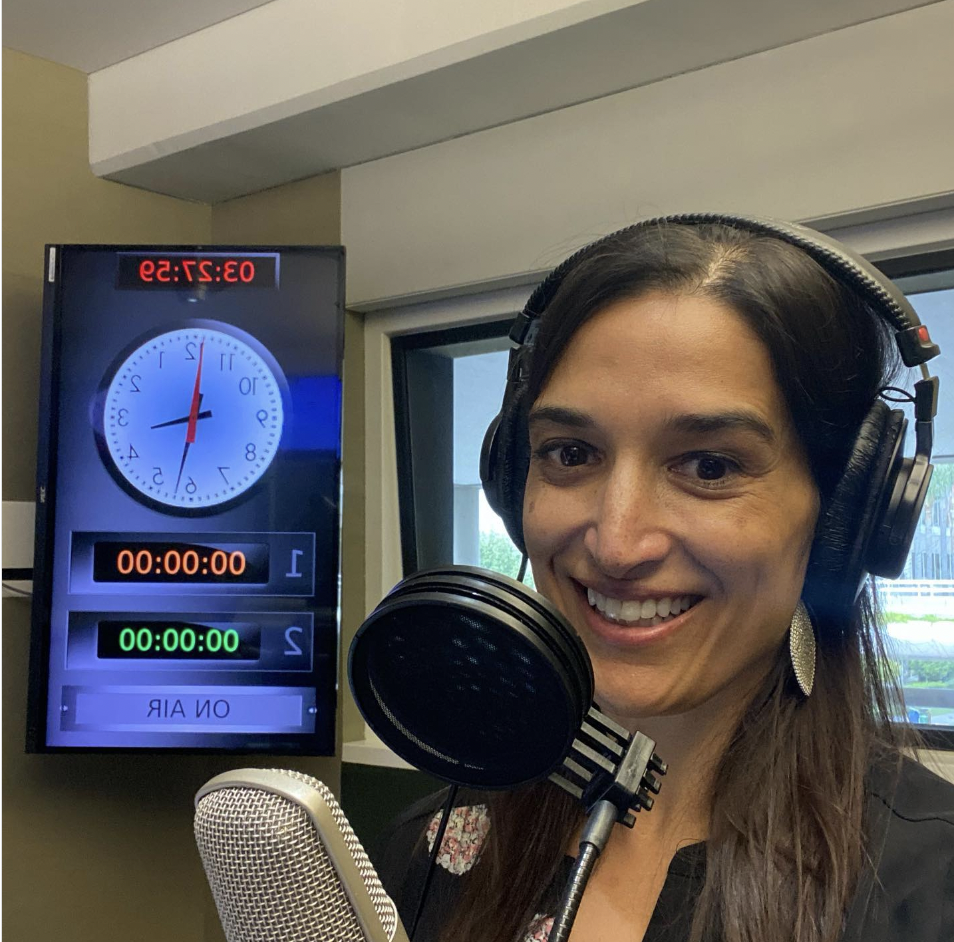- Digital Media Products, Strategy and Innovation by Kevin Anderson
- Posts
- US research challenge page views and time spent as media metrics for success
US research challenge page views and time spent as media metrics for success
Plus - What that research means for digital news outlets old and new
Most media strategies these days can be summarised as an effort to build habit and loyalty that leads to revenue. You can see the inverse of that maxim with the decline of digital sites like BuzzFeed News that suffered from an over-reliance of traffic from social platforms, and I have seen sites where intermittent viral hits don’t lead to consistent audience engagement off-platform on their own sites.
On the positive side, we also see how media companies operating at all levels have built loyal audiences, and from international subscription-supported sites like the Financial Times and the New York Times to a range of local news start-ups like the Manchester Mill in the UK.
And now the Medill IMC Spiegel Media Center in the US has data from 106 news outlets that challenge some of the traditional metrics news organisations use to measure success. Instead of pages views and time spent, they said that regularity, developing a habit with your audience, was a better indicator of subscription success. And they said that time spent might if the reader doesn’t come to your site regularly might have a negative impact on retention. “What this means is that it’s preferable for subscribers to be in the habit of visiting your news source regularly as opposed to reading long articles occasionally and staying away for significant periods in between.”
This is all why publishers like the Financial Times shifted to RFV - recency, frequency and volume - as its preferred metric when it shifted to a subscription-led strategy. Changing metrics as strategic goals shift has become a theme as media companies have leaned into digital transformation and product-led growth mindsets.
Another important finding was about the need for differentiated local content as opposed to widely available commoditised content. It is not much of a benefit to local audiences to have regional or national news that they can get from anywhere on the internet. Amen to that.
What’s more about the research is that there are some who have feared that in a subscription-led media industry that it would lead to consolidation but wouldn’t answer the challenges that local news outlets have faced in the US an UK. But the research found that the benefits of measuring regularity scaled down to smaller markets as well. The research included 60 or so small-market publications, and those publications saw 20% subscriber growth in 2022.
The Digital Media Meltdown: Why the digital insurgents are now struggling
And looking at media through the lens of habit and regularity, it begins to explain why digital media that thrived in the era of viral social hits might now be struggling: They didn’t build habits. Vox convened a conversation of digital media leaders including Jonah Peretti of BuzzFeed, Gawker’s Nick Denton and Ben Smith, who just helped launch Semafor to consider what went wrong with digital media. Was it Facebook turning its back on media? Inept leadership? Or rapacious VCs? It’s interesting to consider in a rear-view mirror view, but I think it comes down to a failure to build habit and loyalty, which ultimately is about building a media brand. That means to me building a relationship with audiences so that you become part of their daily routine.
And speaking of former digital darlings that are on the shoals, we have another sad example, Quartz. I really loved how innovative they were, especially their chat-driven news app. It was clever and engaging and ahead of its time. The main issue with Quartz is that never found its voice. What does a Quartz story promise? It’s become undifferentiated, which is death for a media brand.
And then we have the story of Reach, and I always feel it necessary to add a disclaimer here. I consulted with Reach for two years, working with their national and local newsrooms on engagement, which included work on analytics and formats from live podcasts to long-form journalism. It is sad to see the company continue to be pulled in different directions, national versus local and volume versus value. Their change in names from Trinity-Mirror to Reach says it all. They decided to base their business on volume, and to achieve that volume, they went all in on Facebook. And that has left them exposed to the same trends that sunk BuzzFeed News.
And into this uncertain market, we have a deep-pocketed media entrepreneur launch a major new digital news player based on some very dated assumptions. It’s ambitious. I will definitely say that.
But it’s not just legacy media or digital media that is struggling right now. We also see social media players like BeReal on the rocks as well. I think they are struggling because social media has lost its shine. I can’t tell you how many people I know who are not only shutting down accounts on Twitter and leaving Facebook but are doing so publicly and loudly, decrying the loss of hope and excitement that they once had for social media.
Questions about whether public media can fill growing gaps in local news coverage in the US
Five years ago, I joined a regional public media group in the US because they had a stable business model and seemed to be in a position to address the crisis in local journalism. It felt like I could manage a team working on the solution rather than simply trying to engage in damage control, which is what working in newspapers had begun to feel like.
Public media does some incredible local work in the US, but Dick Tofel highlights research that shows just how far they would have to go to fill the gap left by newspapers and also the long road that they have to travel when it comes to digital transformation. I found that a lot of public media folks are radio diehards, which is lovely. But some, and age was not determinant, really just wanted to be audio artisans. They had little interest in digital if it wasn’t a podcast.
But that doesn’t mean that public media doesn’t have potential, and Poynter wants to train those public media staff and leaders.

